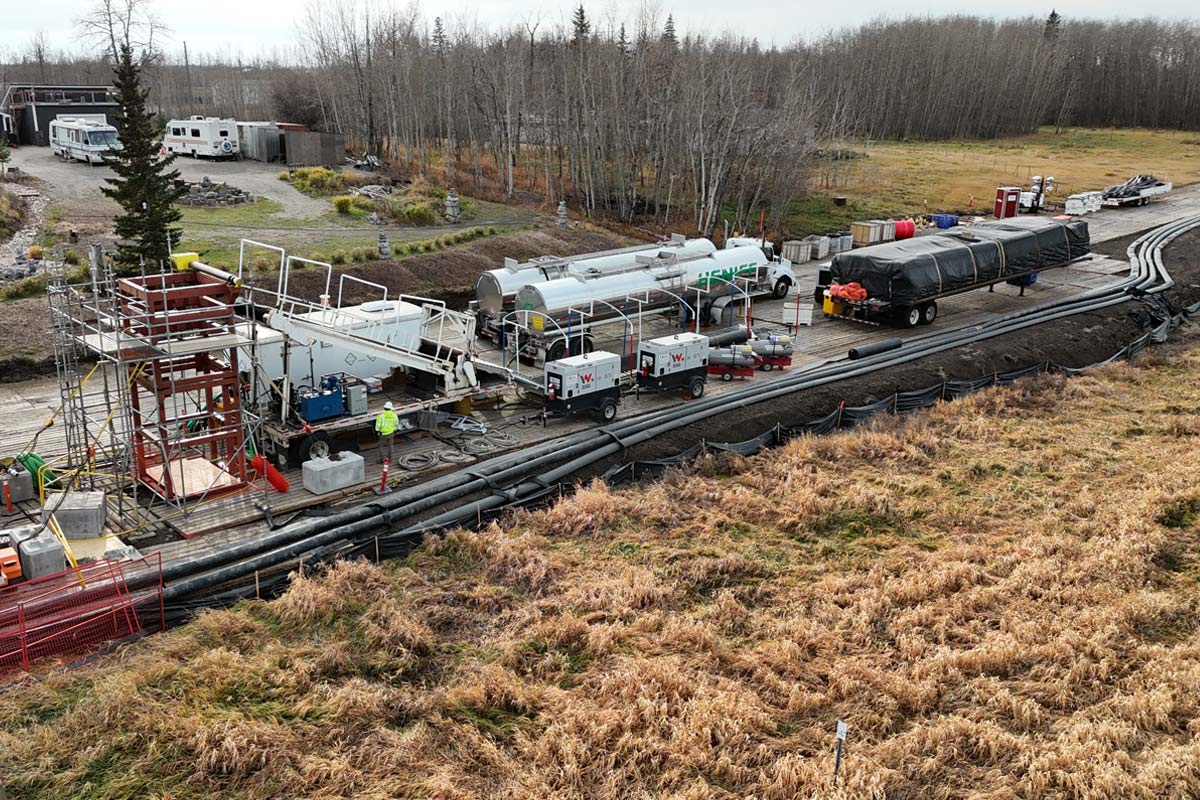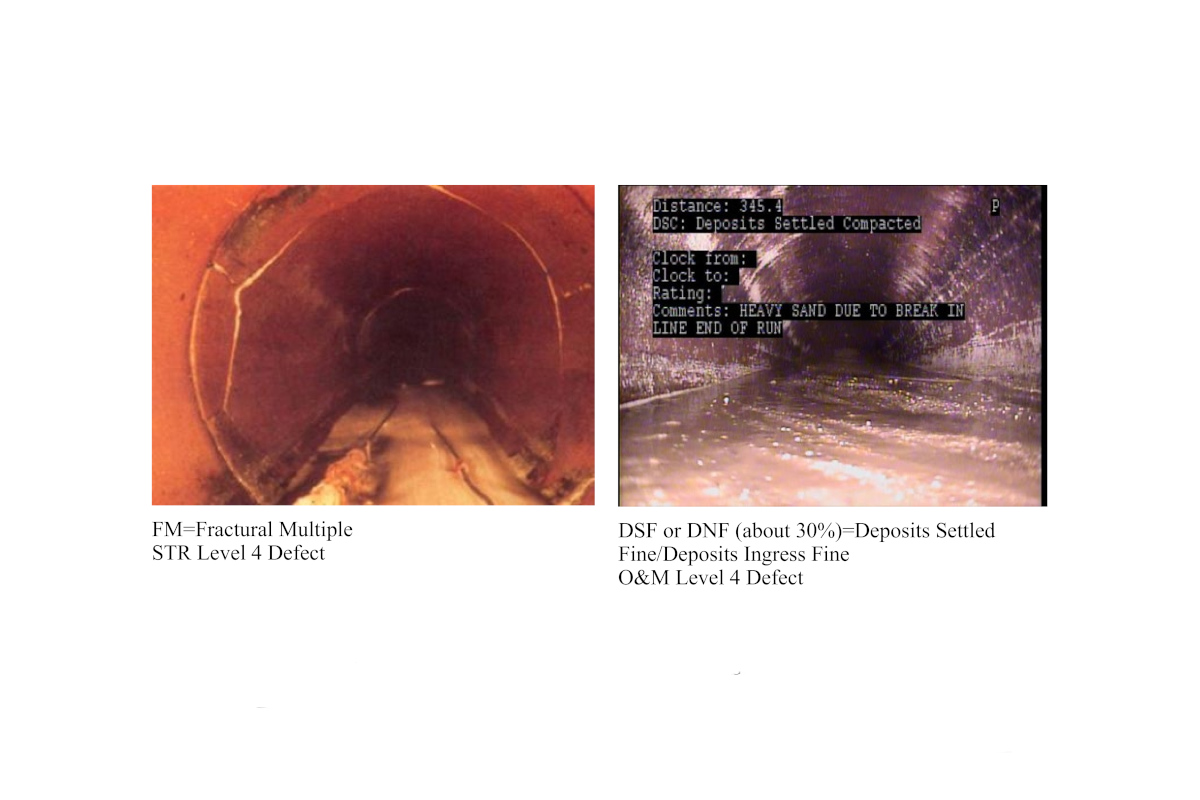
Massive Pipeline Project Poses Unknown Obstacles
May 23, 2016
Joe Kandefer started out as a plumbing contractor, but it wasn’t long before his company began to take on bigger, more complex projects.“We did more and more large projects where excavation was involved. That’s when we started buying equipment to dig holes and dig trenches.”
Kandefer then decided to form Kandey Co. Inc. That was in 1984, and his union contracting company has been a trusted partner in municipal civil engineering construction projects in the Western New York area ever since.
It’s no surprise that Kandey Co. specializes in sizeable water and sewer projects including pipeline construction, filter plans and pump stations. Kandey Co. also holds the emergency contracts for the local Water Authority, and Kandey Co. crews are ready 24/7 to respond to water main breaks.
“We’re busy this time of year (winter),” says Kandefer. “One weekend, we had 14 water line breaks alone.”
Up for the Job
Kandey Co. needs a strong fleet for the scale and complexity of the projects he’s known to take on. Over the years, he’s acquired more than 150 pieces of excavation equipment — dozers, loaders, rubber tire backhoes, small excavators, big excavators — as well as multiple auger boring machines. Kandefer’s crews are fully equipped for any kind of project.
Last November, Kandey Co. accepted one of its most challenging projects to date: the Rush Creek Interceptor Project. The massive wastewater pipeline project in Hamburg, N.Y., is expected to last into early 2017.
Rush Creek is a project for the Erie County Department of Environment and Planning. The project is designed to abandon an existing wastewater treatment plant. Right now, the plant cannot handle the water capacities it is taking in. The project will also eliminate overflows into Rush Creek.
Spanning more than 8,600 lf, Kandefer’s crews will install a combination of 1,700 ft gravity and force main sewer line that will be placed within a 48-in. steel casing.
With a project of this magnitude, contractors always anticipate some challenges. This project in particular means traversing soft, saturated soils under four railroads and many highways and off-ramps.

The steering head on traditional auger boring machines is limited to horizontal or grade direction changes. With the McLaughlin On Target system, Kandefer’s crew was able to control the direction of the bore in a lateral movement, for more flexibility and accuracy.
A Bore Full of Surprises
The railways and ground conditions re just the obstacles Kandefer’s crews could plan on. The pipeline is being installed in an abandoned industrial area, which has made for unpredictable and challenging ground conditions.
“There’s been decades and centuries of changes made in this area,” says Kandefer. “A lot of this stuff, nobody has records of, so there’s no way to even anticipate what you’re going to run into.”
Foundations that have been abandoned and unreported utilities are just a couple of the unknowns Kandey Co. crews have run into on the Rush Creek Project. When they discover these obstacles, work on the pipeline has to stop in order to remove the man-made obstructions.
“We’ve completed approximately 700 ft of the bores, and we’ve had some surprises in just about every one of them,” Kandefer says.
At this point, Kandefer can assume the surprises will continue throughout the remainder of the project. Knowing this, he is confident in his decision to use an auger boring machine with the McLaughlin On Target steering system.
“With the amount of unknowns,” he says, “using a horizontal directional drill to install the 48-in. sewer line would have been cost-prohibitive, was not specified and was not an acceptable method in this situation.”
On Target Steering System
The biggest advantage of the McLaughlin On Target system is the ability to steer the head. The On Target steering head allows contractors to not only control horizontal on-grade (up and down) changes but also allows for lateral (left to right) direction changes. The new system provides contractors with more control of the auger boring steering head, leading to more accuracy for difficult on-grade bores.
The cutting path — grade and lateral movement — of the steering head is controlled by hydraulic actuated flaps that open and close to keep the head on the intended path. A control station features a hydraulic power pack to control the movement of the steering head, and a built-in water level helps monitor grade throughout the bore. Two halogen lights in the control station indicate lateral (left and right) steering head movements.
“By using an auger boring machine with the On Target system, Kandey Co. was able to complete a 335-ft bore to install a 48-in. diameter steel casing in one pass. Even with grade changes that varied as much as 2 percent and all the unknown debris in the ground, Kandefer’s crew was able to adjust the steering to produce an accurate bore.”
“We were right on the money,” says Kandefer.
The McLaughlin On Target steering system installs in-line casings in one pass compared to the multiple passes required with pilot tube guided boring. Using the steering head, the crew was able to complete a longer on-grade bore compared to other methods, at a reduced cost and a faster rate.
“We were doing 60 ft a day if we didn’t hit anything,” he says. “The ground changes constantly here. Every bore has a different grade to it.”
The steering head on traditional auger boring machines is limited to horizontal or grade direction changes. With the McLaughlin On Target system, Kandefer’s crew was able to control the direction of the bore in a lateral movement, for more flexibility and accuracy. This allowed the crew to adjust to the fluctuating grades of the bore.
“The On Target system gives us the opportunity to make correction on the fly instead of hoping for a good result,” Kandefer says. “We know we can get a good result.”
Meredith Augspurger is a features writer at Two Rivers Marketing, Des Moines, Iowa.




